SOURCE: AFI

Skyroot Aerospace, a prominent Indian space startup, has announced another significant milestone in its journey towards orbital launch. The company has successfully completed the system-level test of Vikram-1’s pneumatic stage separation system.
This achievement marks a crucial step forward as the startup prepares for its maiden orbital launch. The pneumatic stage separation system, a unique and innovative design, utilizes pressurized gas actuation instead of traditional pyrotechnics. This approach ensures a smoother and more predictable separation process during flight, minimizing the risk of damage to the spacecraft.
Continue readingSOURCE: AFI

The rapid advancements in Vertical Take-Off and Landing (VTOL) and Short Take-Off and Landing (STOL) aircraft technologies have necessitated the establishment of specialized infrastructure to accommodate their operational demands. These aircraft, distinct from traditional fixed-wing and rotorcraft, require innovative solutions in terms of takeoff, landing, and overall ground support. The development of vertiports—dedicated hubs for VTOL operations—alongside enhancements to STOL facilities is essential to safely integrate these vehicles into both urban and rural environments.
This Advisory Circular (AC) has been issued to provide comprehensive guidance on the design, planning, and operation of vertiports and related infrastructure. It aims to ensure the safe and efficient incorporation of VTOL and STOL aircraft into India’s civil aviation network. The document serves as a resource for all stakeholders, including urban planners, airport authorities, aviation service providers, and infrastructure developers, enabling a smooth transition to these unconventional aircraft platforms.
Continue readingSOURCE: RAUNAK KUNDE / NEWS BEAT / IDRW.ORG
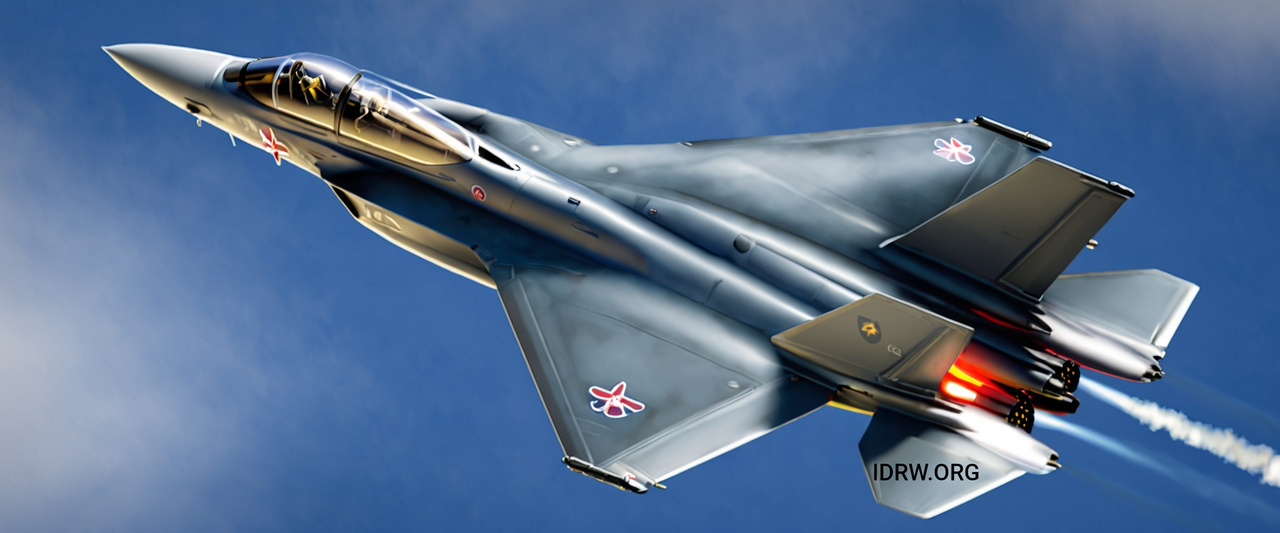
Recent reports suggest a potential upgrade for India’s indigenously developed 5th generation fighter jet, the AMCA. According to a report by ANI, the AMCA’s Maximum Takeoff Weight (MTOW) may be increased to 27 tons, exceeding the 25 tons previously confirmed by the Aeronautical Development Agency (ADA) a few years ago.
The ADA had earlier outlined the AMCA’s characteristics, including a 25-ton MTOW with a 12-ton empty weight. The aircraft’s internal fuel capacity was projected to be 6.5 tons, with an additional 1.5 tons allocated for internal weapons in stealth configuration. This configuration would maintain a 20-ton MTOW, with the remaining 5 tons available for additional external weaponry in non-stealth mode.
Continue readingSOURCE: RAUNAK KUNDE / NEWS BEAT / IDRW.ORG

In a significant development, Armenia is seeking India’s assistance to upgrade its small fleet of Russian-built Su-30SM fighter jets. The move comes on the heels of Armenia’s growing defense ties with India, having recently ordered rocket systems, artillery guns, and weapon locating radars from the country. The upgrade is expected to involve modernizing the aircraft’s avionics, electronic warfare (EW) suites, and weapons, with the collaboration of Hindustan Aeronautics Limited (HAL).
Colonel Hovhannes Vardanyan, who leads Armenia’s Air Force Department, confirmed the country’s interest in upgrading its Su-30SM fighters with the help of HAL, citing the Indian aerospace giant’s considerable expertise. “We are looking at modernizing our Su-30s with the help of Hindustan Aeronautics Limited (HAL) as it has a lot of expertise in the field,” Vardanyan stated.
Continue readingSOURCE: RAUNAK KUNDE / NEWS BEAT / IDRW.ORG
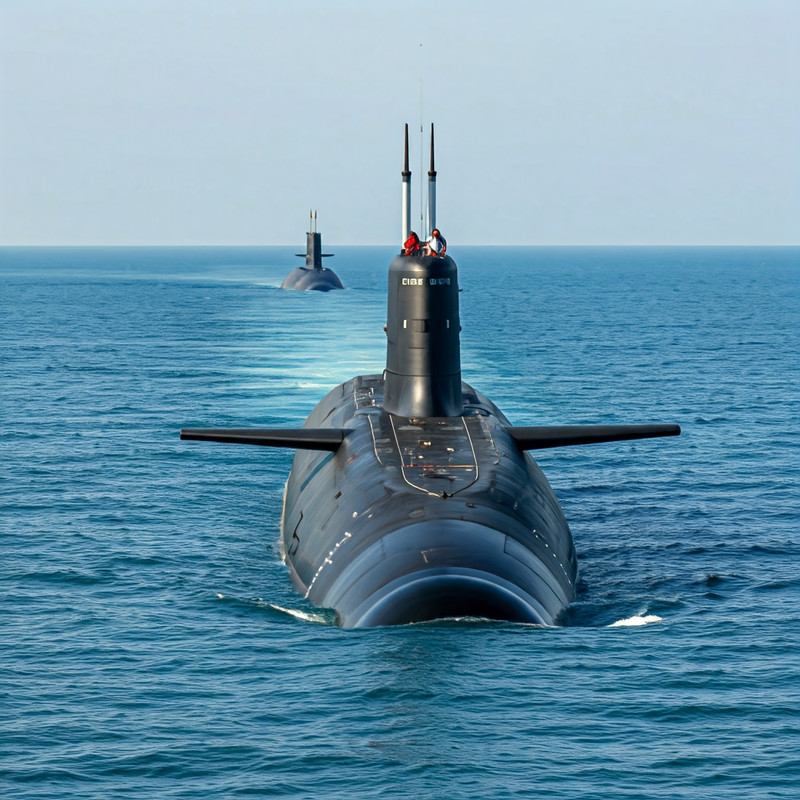
The Indian Navy officals have clarified that it will proceed with the construction of two nuclear attack submarines under Project 77, but the ultimate aim is to have a fleet of six nuclear attack submarines to keep them technological advances and make improvements on each block as per feedback.
Initiated in 2015, Project 77 aimed to develop and build six advanced nuclear attack submarines in three phases with each phase will see development of two nuclear attack submarines each at a time. Once the first two submarines are inducted, the next two will go into production with advancements planned in the next batch.
Continue readingSOURCE: AFI

Nautical Wings Aerospace, a pioneering company in electric propulsion technology for the aviation industry, has successfully raised its pre-Series A funding round from Venture Catalysts and 1Crowd. The undisclosed amount will be utilized to fuel the company’s growth and accelerate its mission to revolutionize the aviation sector.
The fresh capital infusion will enable Nautical Wings Aerospace to expand its research and development efforts, assemble a team of skilled engineers, and scale its operations to meet the increasing global demand for electric propulsion solutions in aviation.
Continue readingSOURCE: AFI
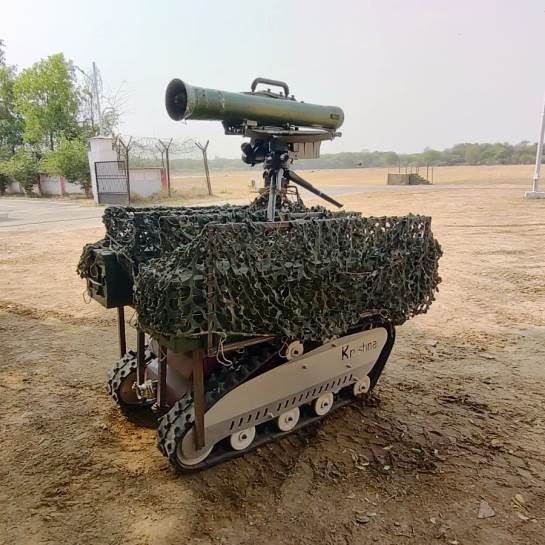
The Krushna Unmanned Ground Vehicle (UGV), developed by Jaipur-based Club First Robotics, has emerged as a game-changing asset for the Indian Army in providing combat fire support. Designed with advanced features and tailored for military use, the Krushna UGV is a robust, versatile, and powerful platform that plays a critical role in modern warfare scenarios. The vehicle’s “Make in India” status further enhances its importance, showcasing India’s ability to design and produce indigenous defense technology.
The Krushna UGV is packed with impressive features that ensure its effectiveness in combat support roles. It is particularly well-suited for operating in rugged terrains and difficult combat environments, offering both agility and power. Some of the most notable features include:
Continue readingSOURCE: AFI

A piece of India’s aviation history has been preserved for public display. An iconic MiG-21 fighter jet, painted in its original camouflaged livery, has been installed near Chandigarh. The aircraft, which once belonged to Squadron No. 26, is a MiG-21 Bis variant equipped with a Radar Warning Receiver (RWR) on its tail fin.
The MiG-21, affectionately known as the “Fishbed,” was a mainstay of the Indian Air Force for decades. Its versatility, speed, and maneuverability made it a formidable adversary in the skies. This particular MiG-21 Bis likely served during the late 20th century, a time when the aircraft played a crucial role in India’s defense.
Continue readingSOURCE: AFI
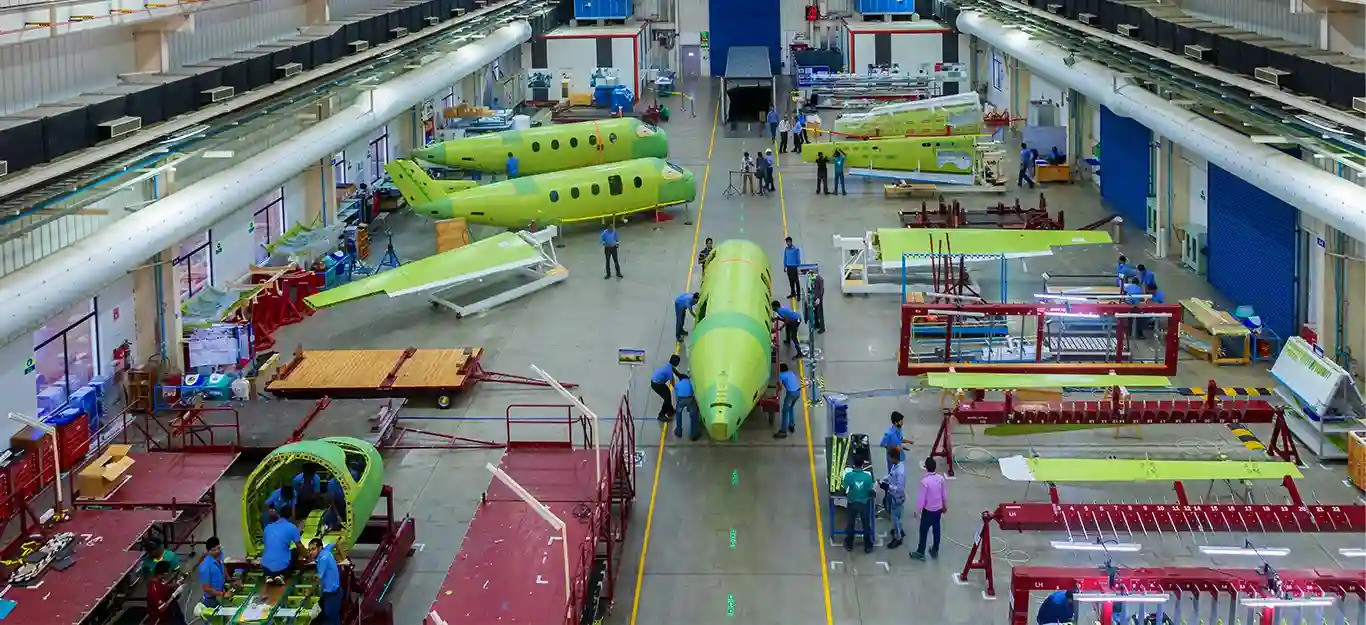
TATA Advanced Systems Limited (TASL) has announced plans to establish an Aircraft Modification, Conversion, Completion, and MRO Project. This ambitious project aims to provide a comprehensive range of services for both commercial and defense customers, including aircraft completions, modifications, conversions, maintenance, repair, and overhaul (MRO).
The scope of the project extends to various aspects of aircraft maintenance, encompassing activities under Part 145 of a suitable airworthiness authority. This includes subsystem testing, repairs, engine testing, ground power runs, and the installation of aircraft systems such as APUs (Auxiliary Power Units) and landing gear.
Continue readingSOURCE: IDRW.ORG TEAM
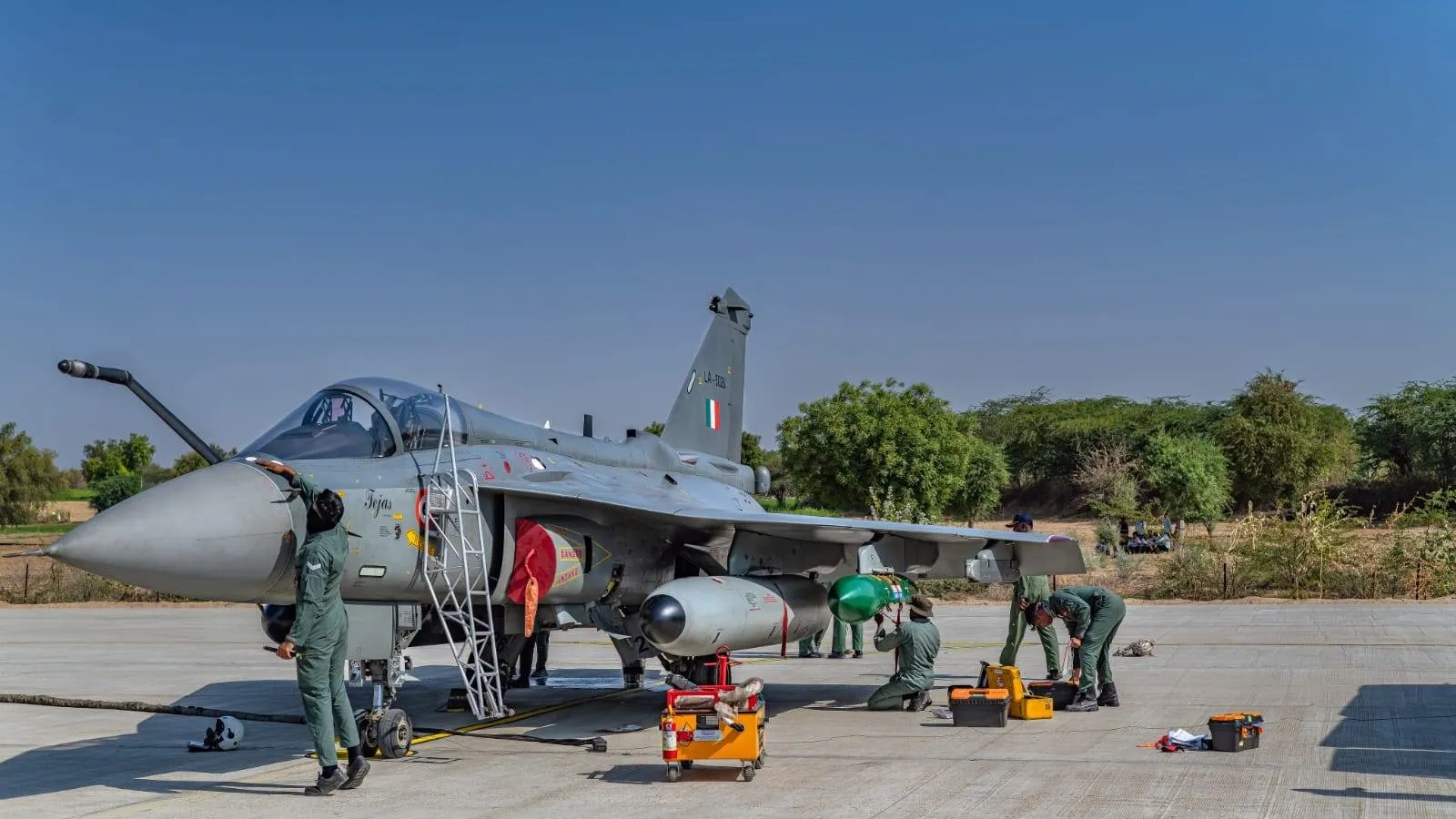
The Defence Acquisition Council (DAC) has recently cleared the procurement of 97 Tejas Mk1A fighter jets, marking a significant milestone in India’s indigenous fighter jet development program. These aircraft are poised to replace the retired MiG-21, MiG-23, and MiG-27 squadrons, which were either numbered out or reassigned to different aircraft types.
The Indian Air Force (IAF) has already begun the induction of the 83 Tejas Mk1A jets that were initially approved. The formation of the third Tejas Mk1A squadron is planned to be deployed on the Western border with Pakistan, showcasing the IAF’s strategic intent.
Continue readingSOURCE: IDRW.ORG TEAM

India has issued a Notice to Airmen (NOTAM) declaring a no-fly zone over a designated area of 1645 square kilometers from September 25, 2024, to September 30, 2024. The NOTAM indicates that a missile test is imminent.
While the specific details of the missile test remain undisclosed, it is widely speculated that India is preparing to conduct a trial of one of its ballistic missile systems. The extensive area covered by the NOTAM suggests that the missile may have a long range.
Continue readingSOURCE: AFI

he Armenian Air Force, operating a small fleet of four Su-30SM fighter jets, has expressed its desire to receive training for its pilots and ground crew from the Indian Air Force (IAF). The Su-30SM is a specialized version of the Su-30MKI, designed for the Russian Air Force and export markets.
As the largest operator of the Su-30MKI fleet globally, the IAF possesses extensive expertise in handling and maintaining this advanced fighter aircraft. Given the relatively small size of the Armenian Air Force, the country is keen to leverage India’s infrastructure and manpower to train its future pilots.
Continue readingSOURCE: AFI

Artemon Aerospace, a leading Indian aerospace company, has announced a strategic partnership with Munitions India Limited (MIL) to develop cutting-edge loitering munition solutions for the Indian Armed Forces. This collaboration is a significant step towards achieving Atmanirbhar Bharat, the government’s vision of self-reliance in defense manufacturing.
Speaking about the partnership, Sushil Ghule, Director of Artemon Aerospace, emphasized the potential of this collaboration to deliver a game-changing loitering munition solution. The Memorandum of Understanding (MoU) signed between the two companies paves the way for a “legacy of reliability combined with par excellence technology” for the Indian Armed Forces.
Continue readingSOURCE: AFI
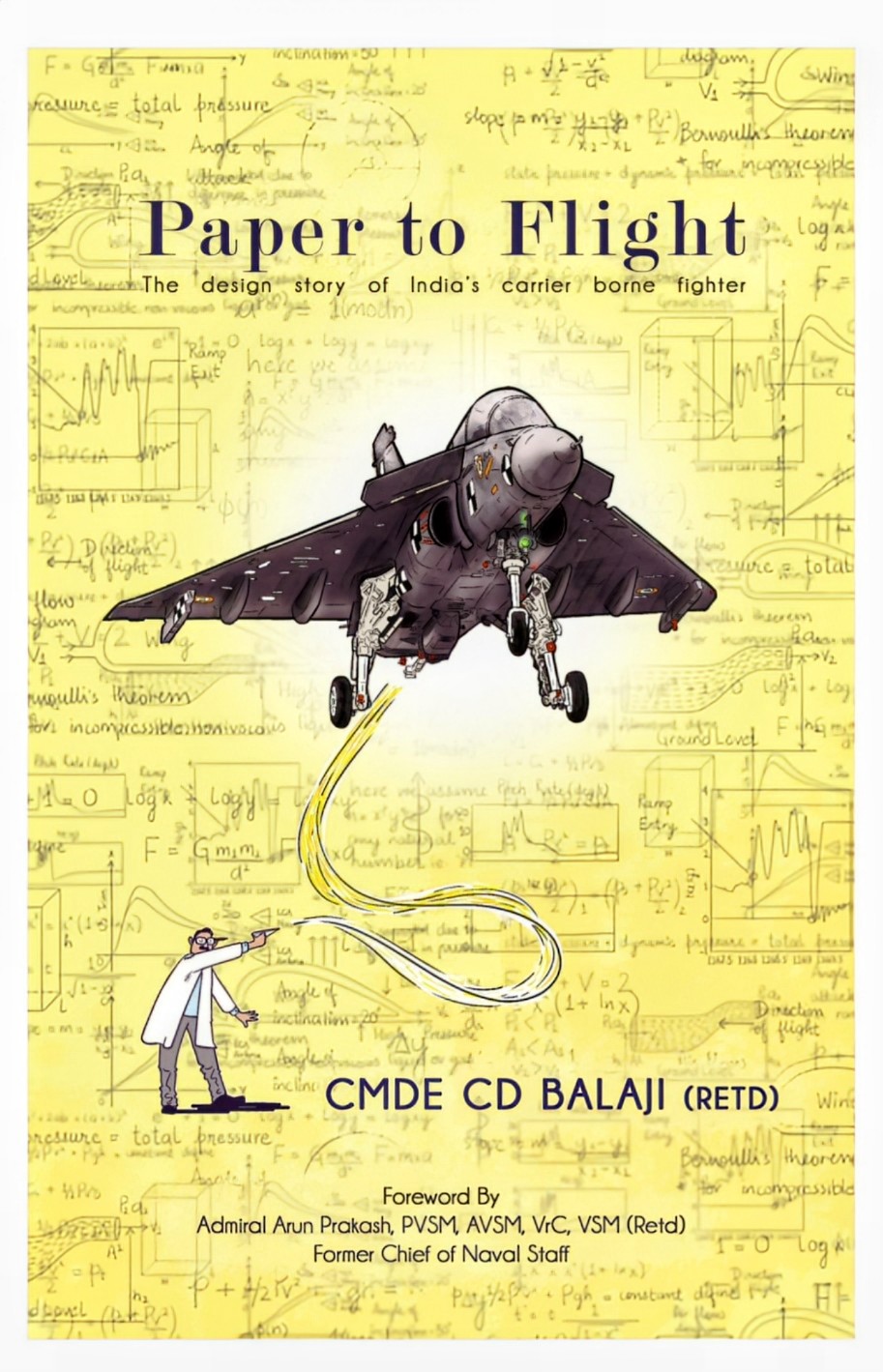
Aviation enthusiasts and defense experts are eagerly anticipating the release of a new book that delves into the fascinating story behind India’s indigenous carrier-borne fighter, the LCA Navy. Titled “Paper to Flight,” the book is authored by Cmde C D Balaji (Retd), a former Director of the Aeronautical Development Agency (ADA).
Set to be launched on October 19, 2024, “Paper to Flight” chronicles the remarkable journey of the Light Combat Aircraft (LCA) from its initial concept to its successful flight operations. The book provides a comprehensive overview of the Air Force variant, the Tejas, before diving deep into the origins, design, and development of the LCA Navy.
Continue readingSOURCE: AFI

Jitendra J. Jadhav, the architect behind the Tejas fighter aircraft’s Initial Operational Clearance (IOC), has assumed the mantle of Director General at the Aeronautical Development Agency (ADA). As the agency spearheads India’s ambitious military aircraft development programs, Jadhav’s expertise will be instrumental in shaping the future of Indian aviation.
ADA, established in 1984, has been responsible for the development of the Tejas light combat aircraft, which is currently in service with the Indian Air Force. Now, under Jadhav’s leadership, the agency will focus on developing the Tejas Mark 2 and the advanced medium combat aircraft (AMCA), as well as the twin-engine deck-based fighter (TEDBF) for the Indian Navy.
Continue reading